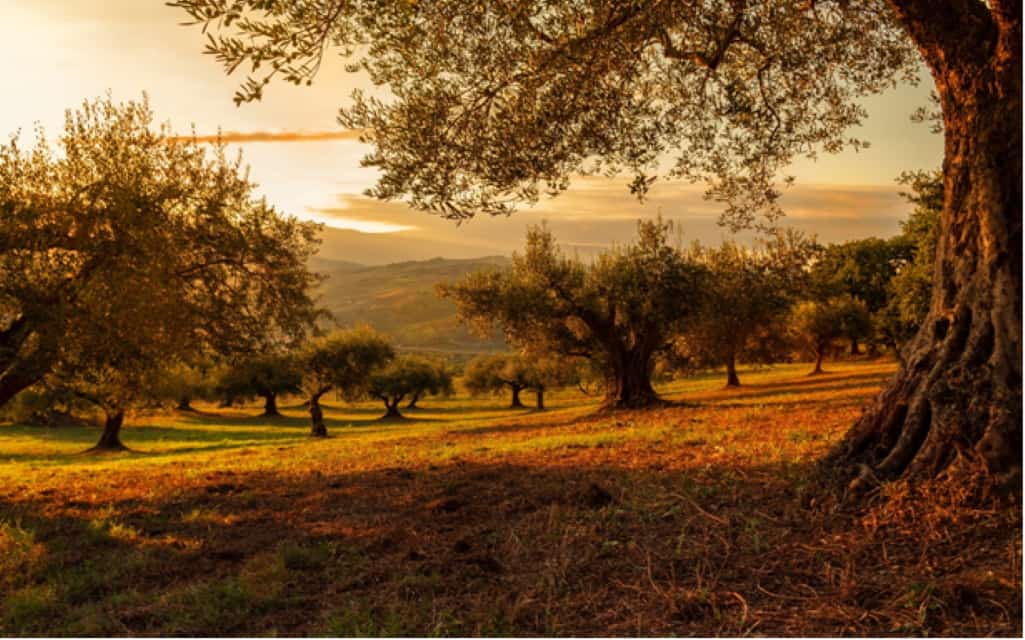Photography does not have fixed rules. However, it has several guidelines that can help photographers and those interested in photography to improve the impact of the photos they take.
Elements of composition
One of the vital things you have to know about is composition, and the established guidelines are applicable to almost all situations. If you want to shoot great photographs, like the SpotOn photographers in Austin TX, learn how to compose the image you want to capture. This means helping the viewers focus their attention on the essential elements of a specific scene, or helping the eyes move through each part of the image. In-depth knowledge of photo composition, you can achieve the best photo restoration.
Master the Rule of Thirds
The Rule of Thirds involves dividing the image equally into nine segments by drawing two vertical and two horizontal lines. Check if your DSLR camera has this feature. You position the most vital elements in the scene, either at the intersecting points of the lines or along the lines. The idea is to add interest and balance to the picture.
Balancing the elements in the scene
You create more interest in the photo if you understand how to keep a proper balance of the elements of the scene. Positioning the main object right in the middle of the photo is a no-no. You add more impact by placing it off-center. To create a balance, find other less important elements in the scene that will make the ‘visual weight’ of the photo even out. Study the works of professional photographers such as SpotOn Austin Photographers to learn more about composition.
Make use of lines
You do not have to find actual lines to make your composition complete. What you need are leading lines. These elements will draw the eyes from one object to the next. The leading lines could be curvy, diagonal, straight, radial, or zigzag. Some examples are a row of trees, a meandering or straight path, a highway, a stream, or other elements you find in the scene.
Depth of field
A photograph is two-dimensional. Your composition depends on your decision to convey the depth of the scene you are photographing. Depth is determined by how you layer the elements in the foreground, middle, and background. Overlapping is another technique, where you deliberately obscure a part of an object with other elements.
Framing objects
When shooting landscapes, you’ll find various natural objects that you can utilize to frame your focal interest to achieve a dramatic effect. For example, you can include rows of trees, rocks, mountainside, tree branches, holes, or arches to isolate the main subject and bring the viewer’s attention to it. Putting a frame is not limited to photoshooting itself, you can use Pixelied’s border tool in adding a frame to it.
Cropping for impact
Although an encompassing view often has greater appeal, tight cropping can also be an effective way to achieve a good composition. Cropping puts the central subject, particularly if it is a small object, right in front of the viewer. Without a distracting background, the viewer’s full attention is on the subject. There are no set rules in composition when you deal with photography. But you will instinctively know about better composition when you look at some excellent examples from SpotOnPhotography.com, where different settings, backgrounds, foregrounds and lighting keep the main element in focus. Keep on experimenting to determine what works best for you.



